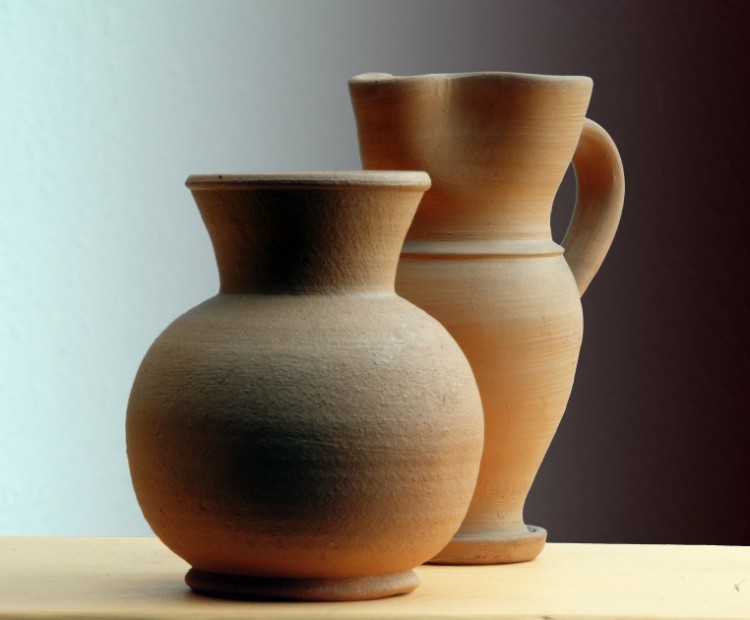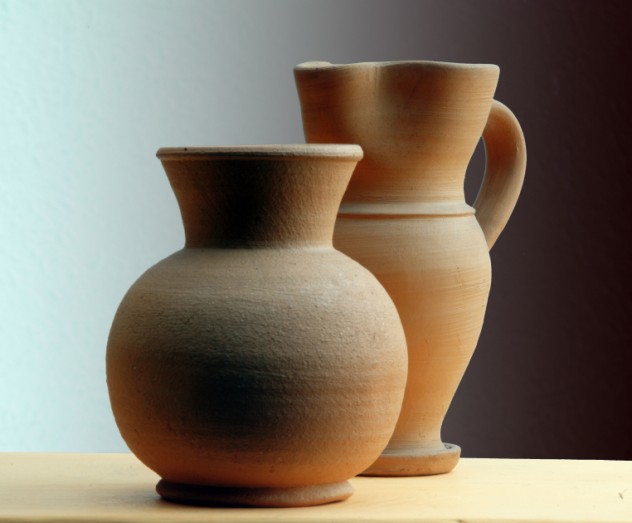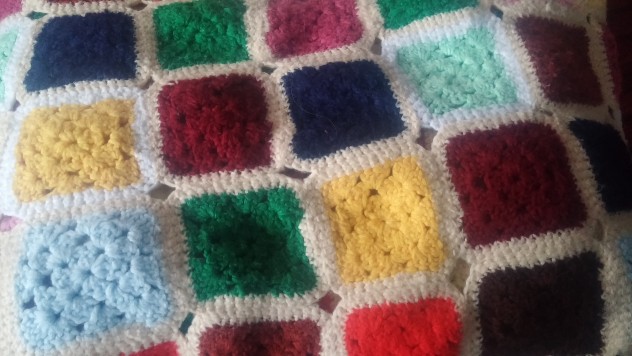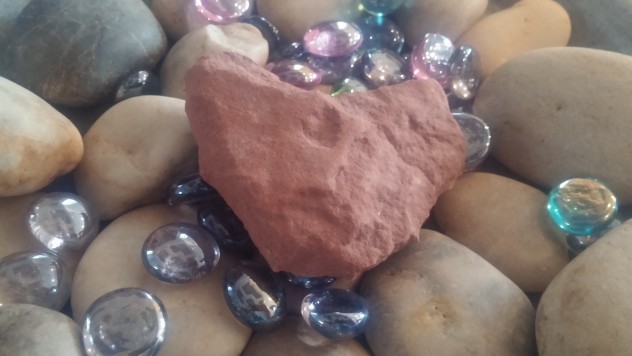Have you celebrated “Old Stuff Day” before?
Truthfully, I didn’t realize such a “day” existed. That said, the premise is a good one; it is a day worth celebrating. From what I have discovered about this holiday, “Old Stuff Day” (March 2) is meant to give us a chance to acknowledge what is unique and wonderful in the “stuff” we take for granted around us.
More often than not the “stuff” we encounter in our daily lives can seem “ordinary” rather than wonder-full. As something becomes more familiar to us, we have trouble seeing how it—how everything—tells a story.
Here are 2 activities that cultivate curiosity. Through curiosity we can reframe the “ordinary”, familiar, or taken-for-granted objects in our lives and begin to re-see how they are imbued with wonder.
Two Old Things: Finding Their Stories
Ask your students to bring 2 items from home to school—one item can be something that is emotionally significant to them and the other item can be something they don’t care much about; something that if it was lost or broken, wouldn’t matter to them very much. You might begin by having an informal sharing time about what students have chosen. Then, focus the activity and encourage students to be reflective and curious.
For each object have students explore questions like the following to describe what they know about it. (This is by no means an exhaustive list of questions. Just a start):
Where did this object come from? How did it end up at your home? What is it made of? How and where was it made? What do you like most about it? What memories or feelings does it evoke? What is beautiful about it? What pleases you about it? If this object could talk, what story would it tell? Would you like to be this object? Why or why not? What value or service does this object offer the world? Why did you bring this object in?

Then have students generate their own I wonder questions. What kinds of questions would reveal the “life” of this item?
I suggest you model the activity for your students first. Bring in an object that you have had for a long time. Hold it up. Talk about where it came from. But then reveal what you are curious about. For example, what don’t you know about this object? If this object could talk, what might it say?
An example
Here is a mug I got at Expo 1986 when it was held in Vancouver. I was 13 when Expo came to Vancouver. I remember spending a day at this international exhibition and my parents saying how crazy it was to spend $4 on a hot dog. I remember choosing to spend my souvenir money on this mug because it showed the great glass dome that was built for the exhibition and that is still a landmark in Vancouver. I remember taking this mug home and not using it for ages. But then I started to use it and many others have also—my late grandfather enjoyed drinking his tea from this mug when he visited from Ireland. Now, my children enjoy hot chocolate from the mug. What other hands held it before it became ours? What materials were used to create it and from what part of the planet did those originally come? What artist originally designed the image for this mug? My questions can go on and on.
What this activity aims to do is to help students see the objects before them in a new light—hopefully, we can make the familiar strange. Students may begin to see the extraordinary in the ordinary. I suggest they do the activity with 2 objects–one they care about already and another that they may not have emotional connections with. In the end, they will see that all objectives have a story to tell if we are curious enough to find it.
Creating A Registry: Honouring Stuff
The Story of Stuff is an organization worth looking into. I first learned about this organization through The Story of Stuff book by Annie Leonard. It provides a very evocative description of what impact our “stuff” has had on the planet, the life of “stuff”, and just how destructive a consumer-focused culture is. The founder, Annie Leonard, encourages us to consume less, to own less stuff. At the same time, however, she encourages us to love and value more the things we do possess.
I am inspired by a recent post from The Story of Stuff organization which points to the value of “ordinary” things and, in particular, how we can acknowledge that value.
The article describes an “heirloom registry” and encourages people to register their antique treasures and, in this way, honour the story of their stuff.
I would encourage you to celebrate March 2 by creating your own class registry. Students will reveal the stories behind special items of their choosing–they can acknowledge, perhaps, one of the 2 objects they describe above. They may create a visual display or may choose to do an oral presentation. They may focus on what they don’t know and are left curious about. The purpose is to transform these items and to be reflective about the uniqueness of all that is in our lives.
Whether you choose to celebrate “Old Stuff Day” or not, there is much to be learned about our beliefs, values, economics, environment, science in watching the Story of Stuff short film.
(For all you eco-educators, these activities could easily be modified to focus on items or processes in the natural world!)
Leave A Comment
Please take a moment to share with us what you do and how it goes! You might also consider making others days in the year “unofficial” days in which we spend more time seeking the wonder in the world around us. This is an Imaginative Education approach to all teaching.
By taking on a curious stance—being ready with questions that see out the why, when, where, who and how of our “stuff” we can begin to see that everything tells a story. Every item has a story—the story is that spark for our imagination.
Sources
http://www.holidayinsights.com
March 2: http://www.holidayinsights.com/moreholidays/March/oldstuffday.htm





I have a mug from Expo too but I was only 1 and my mom got it for me. She imagined me drinking hot chocolate from it when I was able and her telling me the story of the giant fair that Vancouver held. I still have it and my own daughters drink hot chocolate from it now. It is stored in a special cupboard and only comes out in December.
Thanks for sharing this Carleigh–if you were 1 then I am really old 😉 It was a giant fair–it was an amazing feeling being at that grand exposition. Neat that you have that “story” to share with your kids!